
AeroGenie — Your Intelligent Copilot.
Trending
Categories
14 Threat Intelligence Applications in the Aviation Industry

14 Threat Intelligence Applications in the Aviation Industry
The aviation industry occupies a critical nexus of infrastructure, global commerce, and national security, rendering it a prime target for increasingly sophisticated cyber adversaries. In recent years, the sector has witnessed a marked escalation in both the frequency and severity of cyber incidents. These range from ransomware attacks that have grounded entire fleets to breaches of passenger reservation systems compromising millions of records. The industry’s distinct challenges—including continuous 24/7 operations, complex international regulatory frameworks, the integration of aging legacy systems with modern technologies, and the paramount importance of safety—distinguish it from other sectors and amplify its vulnerability.
Escalating Threat Landscape
Industry analyses reveal a staggering 600% increase in ransomware incidents within the aviation supply chain, highlighting the sector’s growing attractiveness to cybercriminals. The threat environment has become increasingly dynamic and targeted. Cybersecurity experts have documented ransomware campaigns specifically designed to disrupt airport and airline operations at critical moments. Credential theft operations have also surged, with stolen employee and passenger login details frequently traded on underground markets. Supply chain attacks pose a significant risk, as the compromise of a single vendor can expose millions of passenger records across multiple carriers. Additionally, coordinated hacktivist campaigns have disrupted airport services during peak travel periods, while business email compromise (BEC) and brand impersonation attacks—often enhanced by AI-generated content—have become more prevalent. These threats are no longer isolated incidents but part of coordinated campaigns exploiting the aviation industry’s multifaceted vulnerabilities, from safety-critical systems to the complexities of international operations.
The Imperative of Threat Intelligence
To effectively counter these evolving threats, aviation organizations must embed threat intelligence throughout their operations. This includes securing operational technology, protecting passenger data, managing supply chain risks, and safeguarding executive leadership. However, integrating advanced threat intelligence solutions presents significant challenges. Organizations must reconcile the complexities of merging new cybersecurity technologies with legacy systems, ensure compliance with rapidly evolving regulatory standards, and adapt to the constantly shifting cyber threat landscape.
These challenges have spurred notable market responses. Airlines, airports, and aerospace manufacturers are increasing investments in cybersecurity and fostering greater collaboration among industry stakeholders. Competitors are developing proprietary threat intelligence platforms and forming strategic partnerships with cybersecurity firms to bolster their defenses. Concurrently, demand for specialized aviation consulting services is rising, as companies seek expert guidance to navigate these complexities and maintain regulatory compliance.
Fourteen Real-World Applications of Threat Intelligence
Aviation organizations are leveraging threat intelligence across a broad spectrum of use cases to mitigate risks and counter adversary tactics. One prominent example is advanced persistent threat (APT) monitoring within aerospace supply chains. Chinese APT groups, such as APT41, have systematically targeted aerospace manufacturers and suppliers to exfiltrate intellectual property and advance military capabilities. The Boeing insider attack, spanning from 1979 to 2006, where an employee covertly worked for Chinese intelligence for nearly three decades, underscores the persistent and long-term nature of state-sponsored threats.
Other critical applications include ransomware detection and response, credential theft monitoring, and supply chain risk assessment. Organizations also track hacktivist campaigns, prevent business email compromise, and detect brand impersonation. Dark web surveillance and insider threat identification further enhance security postures. Threat intelligence supports vulnerability management for legacy systems, regulatory compliance monitoring, and operational technology threat analysis. Executive protection intelligence and incident attribution and forensics complete the comprehensive suite of applications.
By proactively applying threat intelligence across these domains, aviation entities can better anticipate, detect, and respond to the evolving cyber threat landscape, thereby safeguarding critical operations, protecting passenger data, and preserving the integrity of the broader aviation ecosystem.

FAA Extends Engine Pylon Airworthiness Directive to DC-10

Why United Airlines Continues to Use the Boeing 777-300ER in 2025

Dubai Airshow 2025: Key Aircraft and Conference Highlights
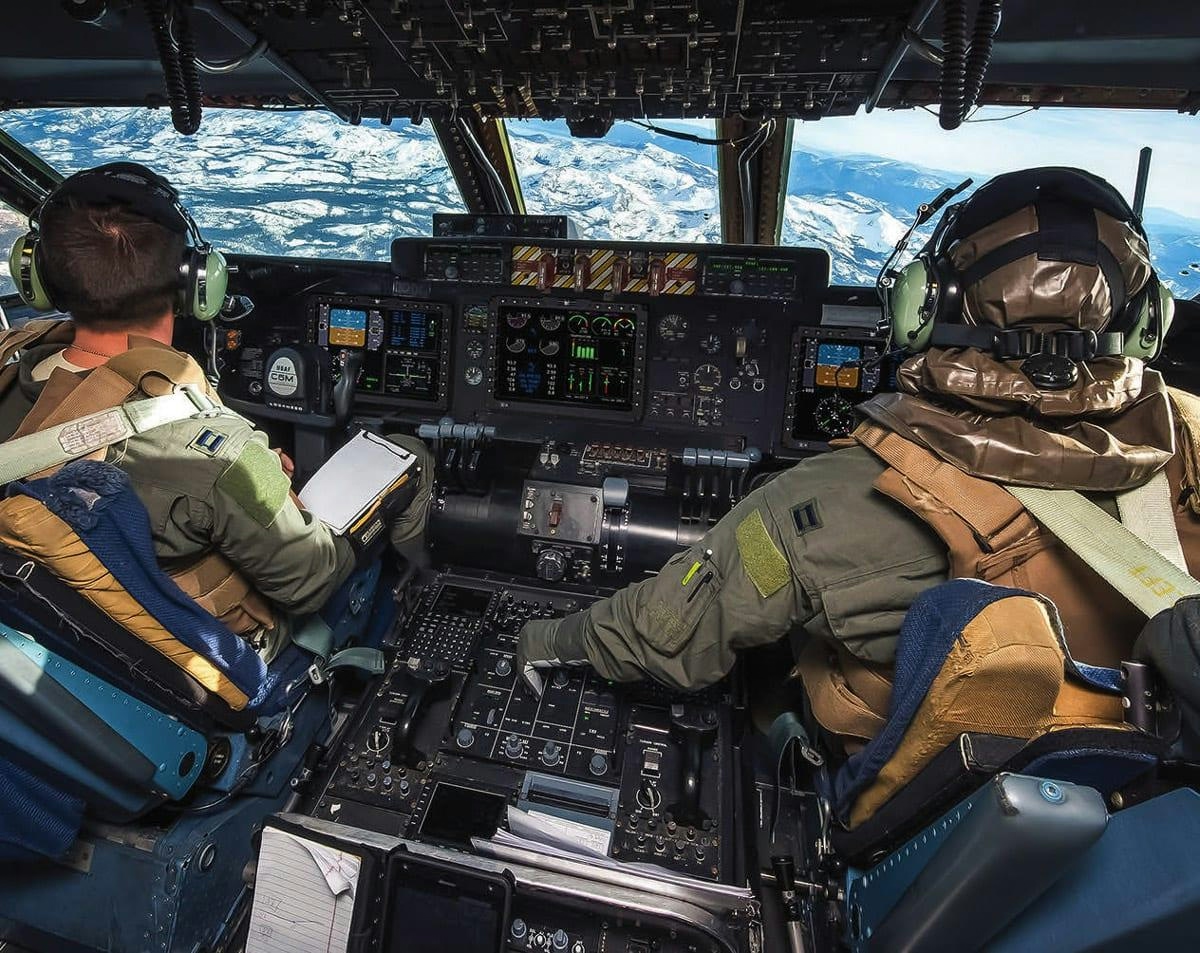
Defense Aviation Adopts Commercial Innovations
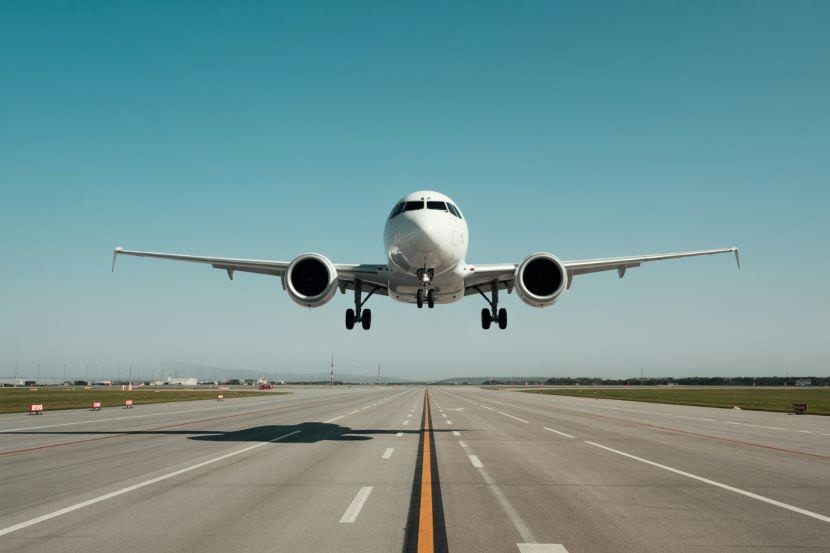
MedAire’s Alert Platform Enhances SolitAir’s Role in Aviation Security Innovation

India Faces Shortage of 30,000 Pilots Amid Growing Fleet, Aviation Minister Calls for Urgent Training
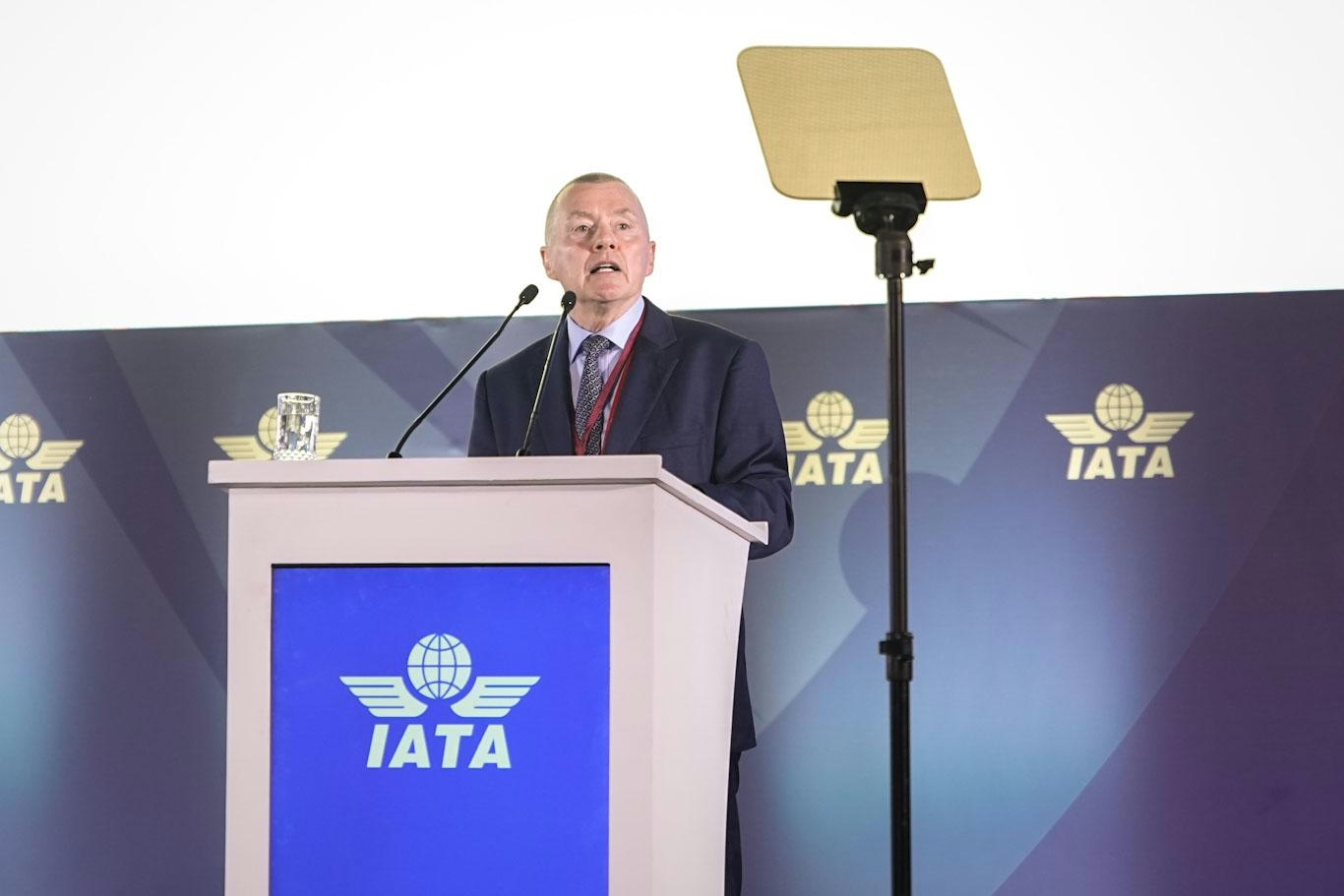
IATA Chief Calls for Fair Compensation for Airlines Amid Supply Chain Challenges
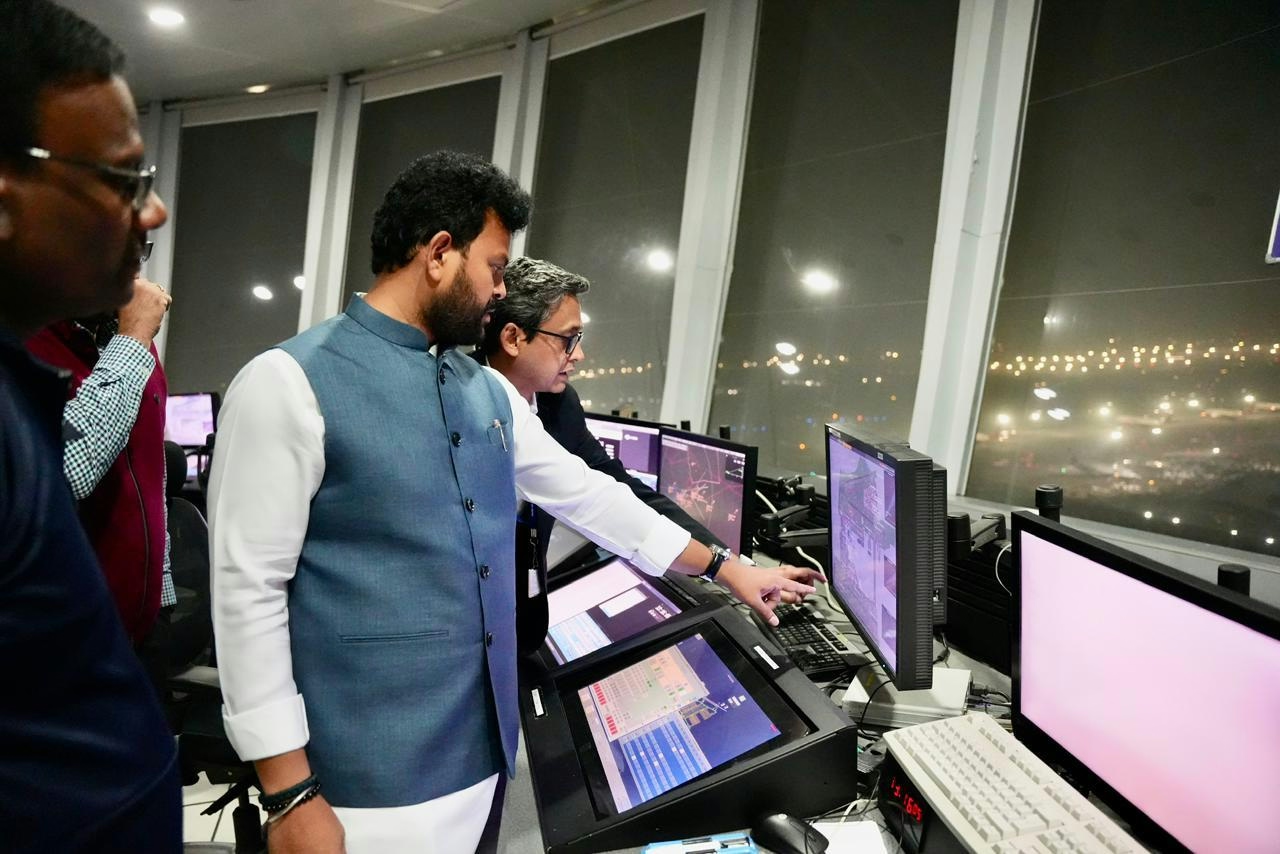
AAI Unveils Pavilion Highlighting India’s Aviation Advances at IITF 2025
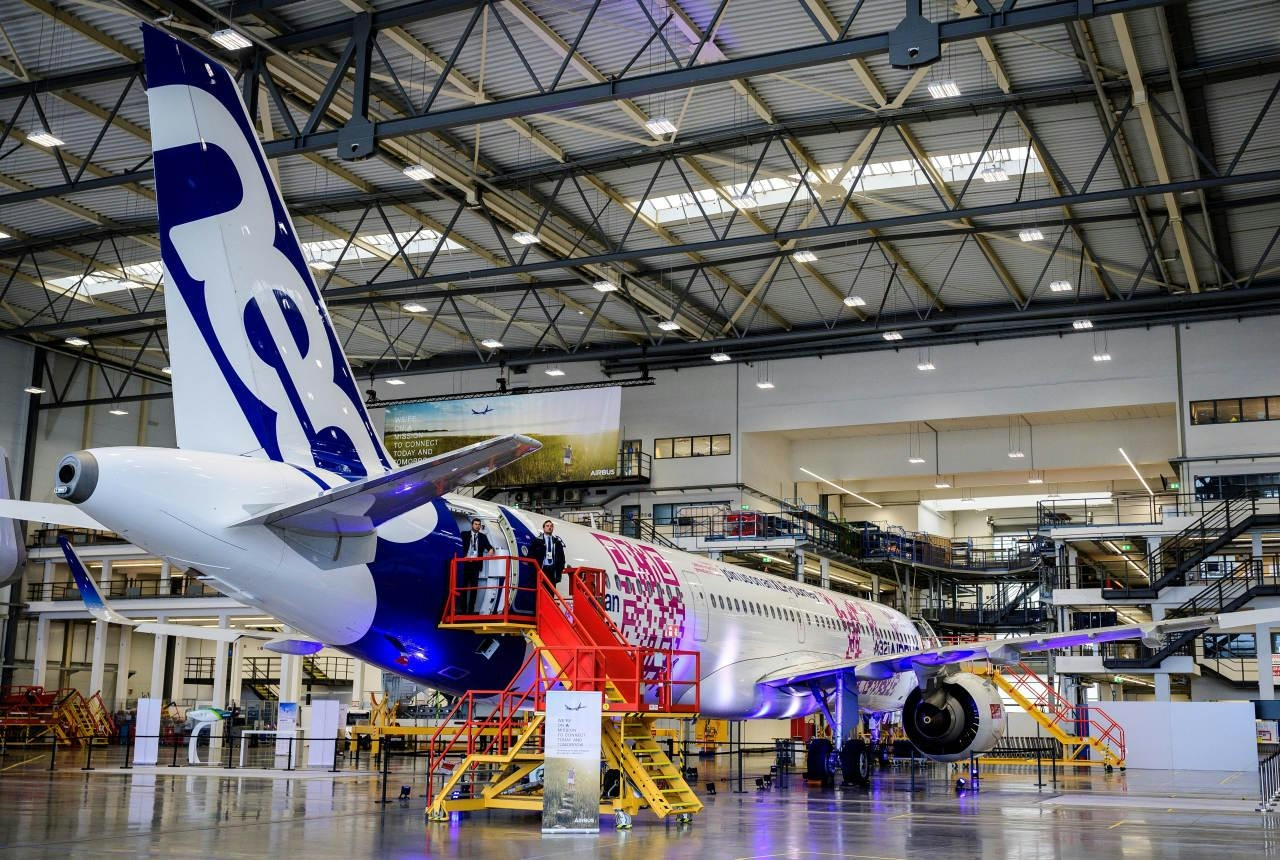
Airbus Projects Asia-Pacific Will Need Nearly 20,000 New Planes Over 20 Years
